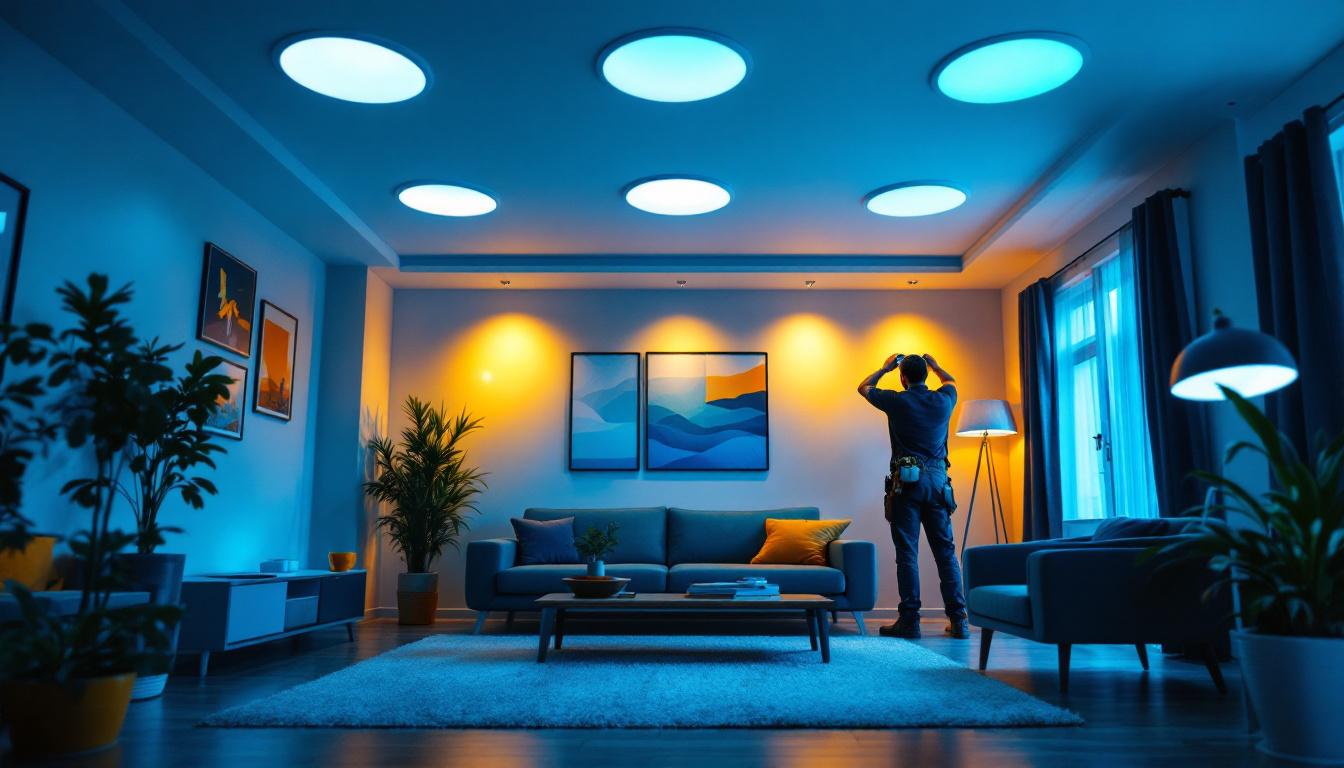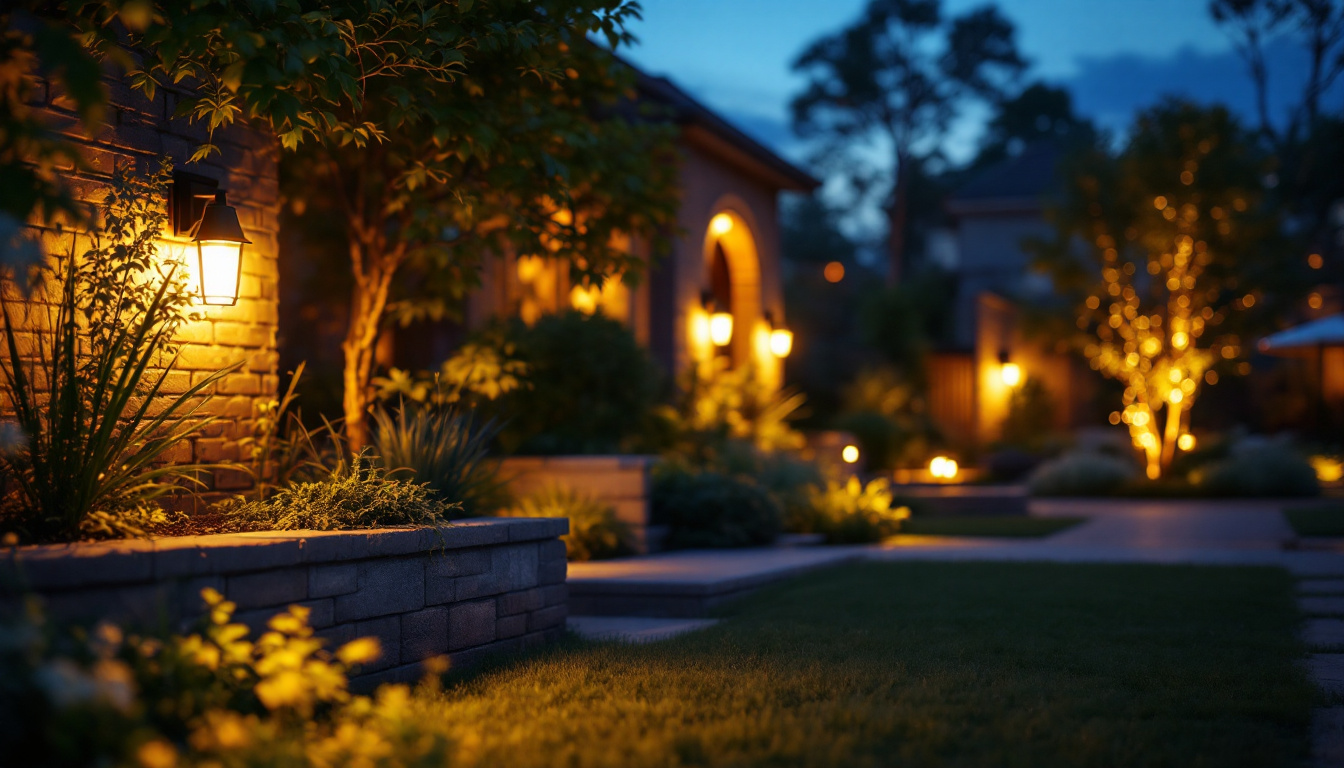
In the ever-evolving world of lighting solutions, LED tube lights have emerged as a popular choice for both residential and commercial applications. Their energy efficiency, longevity, and versatility make them a go-to option for lighting contractors. However, to ensure a successful installation and maximize the benefits of LED tube lights, a comprehensive checklist is essential. This article provides a detailed guide for lighting contractors, covering everything from selection criteria to installation tips.
LED tube lights are a modern alternative to traditional fluorescent tubes. They use light-emitting diodes (LEDs) to produce illumination, offering several advantages over their predecessors. These lights are available in various sizes and color temperatures, making them suitable for a wide range of applications, from offices to retail spaces.
One of the most significant benefits of LED tube lights is their energy efficiency. They consume significantly less power than fluorescent tubes, leading to reduced energy bills and a lower carbon footprint. Additionally, LED tube lights have a longer lifespan, often lasting up to 50,000 hours or more, which translates to fewer replacements and maintenance costs. This longevity not only benefits the environment but also provides a more sustainable lighting solution for businesses and homeowners alike.
When considering LED tube lights, it’s essential to understand their advantages. Firstly, they provide instant illumination without the flickering commonly associated with fluorescent lights. This feature enhances workplace productivity and comfort. The absence of flicker can also reduce eye strain, making LED tube lights a healthier choice for environments where people spend long hours, such as offices, schools, and hospitals.
Moreover, LED tube lights emit less heat, which can contribute to a more comfortable environment, especially in enclosed spaces. They are also available in various color temperatures, allowing contractors to select the perfect hue to match the ambiance of any setting. For example, cooler white tones can create a vibrant atmosphere ideal for retail spaces, while warmer tones can foster a cozy and inviting environment in residential settings. Additionally, many LED tube lights are now designed with smart technology, enabling users to control brightness and color temperature through mobile apps or home automation systems, further enhancing their versatility and appeal.
When selecting LED tube lights, brightness is a critical factor. Measured in lumens, the higher the lumen output, the brighter the light. Contractors should assess the specific lighting needs of the space to determine the appropriate lumen level. For instance, a warehouse may require higher lumens compared to a cozy café.
It’s also essential to consider the beam angle, which affects how light spreads throughout a space. A wider beam angle is suitable for general lighting, while a narrow beam angle can be used for task lighting or accentuating specific areas. Additionally, the placement of the lights can dramatically influence the overall illumination; for example, installing lights closer to the ceiling can create a more diffused light effect, while lower placements can provide more focused lighting for workspaces.
Color temperature, measured in Kelvin (K), influences the mood and functionality of a space. Warm white (around 2700K-3000K) creates a cozy atmosphere, ideal for homes and restaurants. In contrast, cool white (4000K-5000K) is often preferred in offices and retail environments for a more energetic feel.
Contractors should consult with clients to understand their preferences and the intended use of the space to select the appropriate color temperature for LED tube lights. Furthermore, it’s worth noting that some LED tubes offer adjustable color temperatures, allowing for flexibility in lighting design. This feature can be particularly beneficial in multi-purpose spaces where the lighting needs may vary throughout the day or for different events.
Before purchasing LED tube lights, it’s crucial to evaluate the compatibility with existing fixtures. Some LED tubes are designed to work with existing fluorescent ballasts, while others require direct wiring. Understanding the current setup will help avoid installation issues and ensure optimal performance.
Additionally, consider whether the LED tubes are single-ended or double-ended. Single-ended tubes require power from one end, while double-ended tubes can draw power from both ends, which may affect installation methods. It’s also important to check the wattage of the LED tubes in relation to the existing fixtures to ensure energy efficiency and compliance with local electrical codes. Choosing the right type not only enhances performance but can also lead to significant energy savings over time, making it a smart investment for both contractors and clients alike.
Before beginning the installation process, it’s essential to take the necessary safety precautions. Ensure that the power is turned off at the circuit breaker to prevent electrical shock. Use appropriate personal protective equipment (PPE), such as gloves and safety glasses, to protect against any potential hazards. Additionally, it’s wise to inform others in the vicinity about the ongoing work, ensuring they are aware of the potential risks and the need to stay clear of the installation area.
Additionally, gather all required tools and materials before starting the installation. This may include wire strippers, screwdrivers, and electrical tape. Having everything on hand will streamline the process and reduce the risk of interruptions. It can also be beneficial to have a checklist to ensure that no tools or components are overlooked, which can save time and prevent frustration during the installation. Furthermore, consider reviewing the installation manual or instructional videos provided by the manufacturer to familiarize yourself with the specific requirements of the LED tube lights you are installing.
The installation process for LED tube lights can vary depending on the type and existing fixture. However, a general step-by-step guide can be followed:
Following these steps will help ensure a successful installation, but always refer to the manufacturer’s guidelines for specific instructions related to the product being installed. Additionally, it’s important to note that different LED tubes may have unique installation requirements, such as specific orientations or connections, so taking the time to read through the documentation can prevent potential issues down the line. If you encounter any resistance while inserting the LED tube, double-check the alignment and socket connections to avoid damaging the components.
After installation, it’s important to conduct a thorough inspection of the lighting setup. Check for any flickering or dimming, which may indicate compatibility issues or wiring problems. If any issues arise, troubleshoot accordingly, and consult with the manufacturer if necessary. This step is crucial not only for ensuring that the lights function as intended but also for verifying that the installation meets safety standards and regulations.
Educating clients about the benefits and features of their new LED tube lights is also essential. Providing information on energy savings, maintenance tips, and warranty details can enhance customer satisfaction and trust. Additionally, highlight the environmental benefits of switching to LED technology, such as reduced carbon footprint and longer lifespan compared to traditional lighting options. Encourage clients to share their experiences and feedback, as this can provide valuable insights for future installations and help foster a community of informed users who appreciate the advantages of modern lighting solutions.
While LED tube lights require less maintenance than traditional lighting options, periodic checks can help ensure optimal performance. Dust and debris can accumulate on fixtures, reducing light output. Regularly cleaning the fixtures with a soft cloth can help maintain brightness.
Additionally, monitoring the performance of the lights can help identify any potential issues early on. If a tube begins to flicker or dim, it may be time to check connections or consider replacement.
Even with high-quality LED tube lights, issues can occasionally arise. Here are some common problems and their solutions:
While the initial cost of LED tube lights may be higher than traditional fluorescent options, the long-term savings are significant. LED lights consume less energy, leading to lower utility bills. Additionally, their extended lifespan means fewer replacements and less frequent maintenance.
Contractors should present these cost benefits to clients, emphasizing the return on investment (ROI) that LED tube lights can provide. Over time, the savings can far outweigh the initial expenditure, making them a wise choice for both residential and commercial applications.
Many regions offer incentives and rebates for upgrading to energy-efficient lighting solutions, including LED tube lights. Contractors should research local programs that may help offset the initial costs for clients. This not only enhances the appeal of LED installations but also contributes to sustainability efforts.
LED tube lights represent a significant advancement in lighting technology, offering numerous benefits for both contractors and clients. By following this comprehensive checklist, lighting contractors can ensure successful installations that meet the specific needs of their clients while maximizing energy efficiency and cost savings.
From understanding the basics of LED tube lights to navigating installation best practices and maintenance tips, this guide serves as a valuable resource for lighting contractors. Embracing LED technology not only enhances the quality of lighting projects but also positions contractors as leaders in the industry, committed to providing innovative and sustainable solutions.
As the demand for energy-efficient lighting continues to grow, staying informed and prepared is essential for lighting contractors. With the right knowledge and tools, they can confidently tackle any project involving LED tube lights, delivering exceptional results that exceed client expectations.
Ready to elevate your lighting projects with the highest quality LED tube lights? Look no further than LumenWholesale. Our commitment to providing spec-grade lighting products at unbeatable wholesale prices ensures that you get the best value for your investment. With free shipping on bulk orders and no middleman markups, you can trust that you’re getting superior lighting solutions at the most competitive prices. Don’t compromise on quality or cost—choose LumenWholesale for reliable, high-performance lighting that meets the highest industry standards. Visit our website and experience the perfect blend of quality, affordability, and convenience today. Wholesale Lighting at the Best Value.

Discover the best recess lights with proven methods for lighting contractors.

Discover the essential components and expert tips for creating the perfect exit kit for lighting.

Discover how LED dusk-to-dawn outdoor lighting is revolutionizing the industry for lighting contractors.

Discover the key considerations and benefits of high hat lights for lighting contractors.